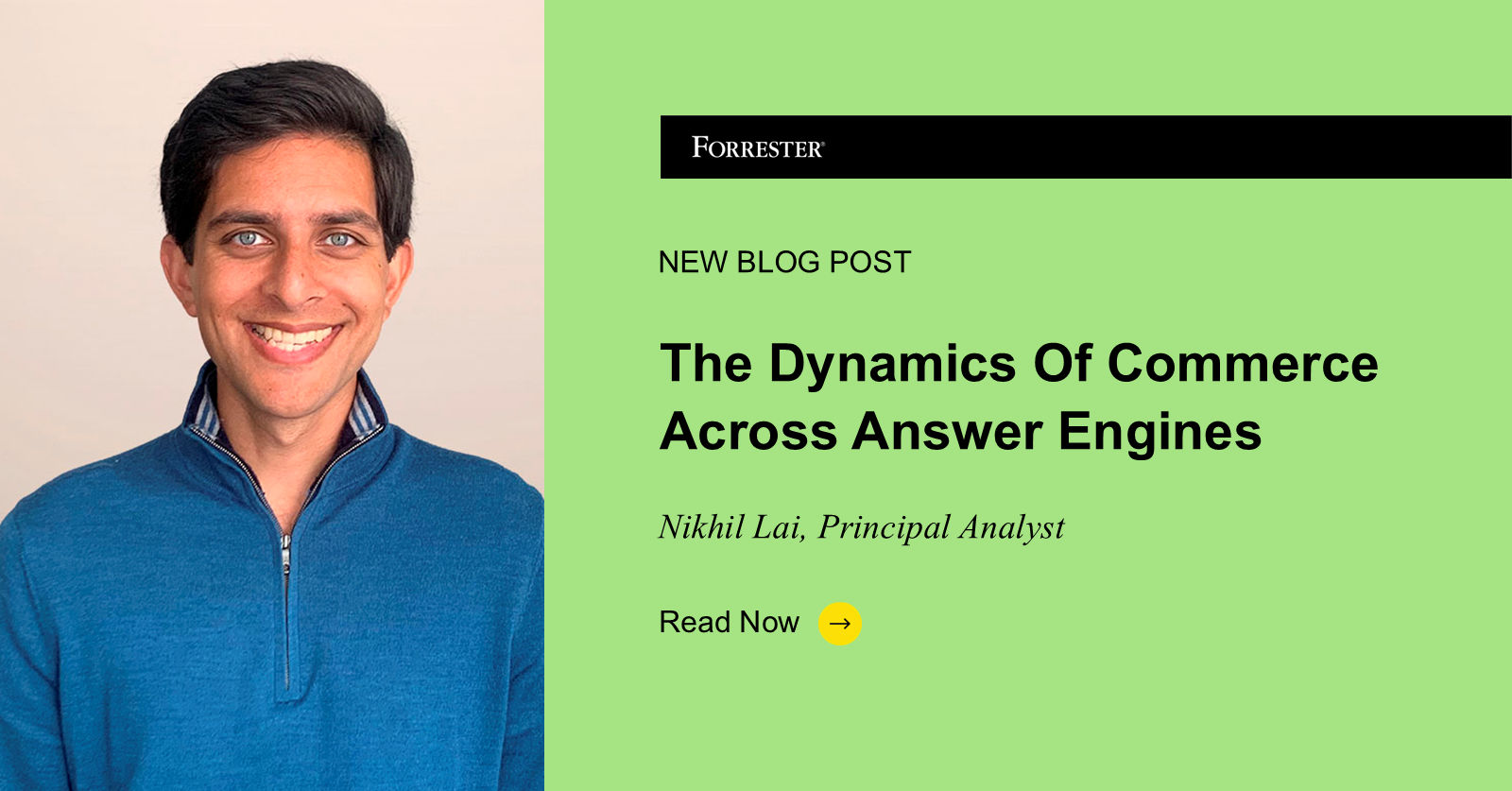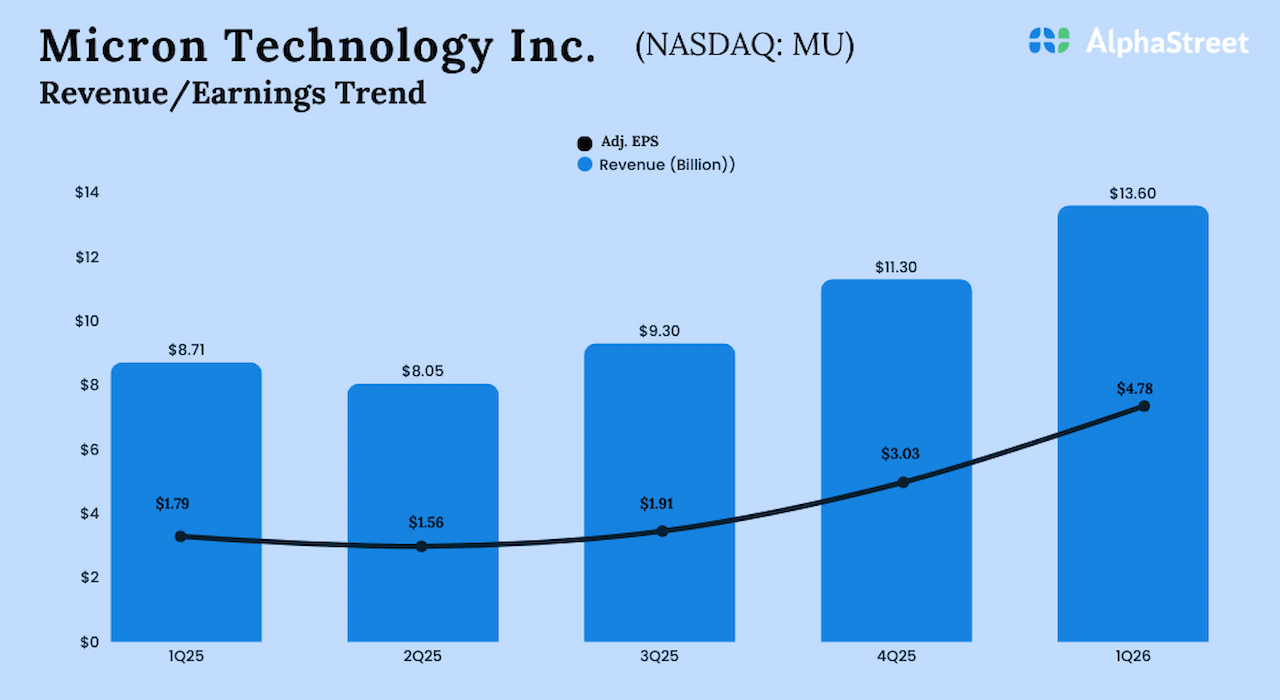Nearly every day, I’m asked about pricing challenges, most of them stemming from the complexities and constant evolution of AI. Pricing models are evolving nearly quickly as AI technologies.
AI Is Driving The Evolution Of B2B Pricing Models
Usage-based pricing is rapidly gaining momentum as an alternative to traditional flat-fee and subscription models. This shift reflects the reality that value doesn’t always scale with user count. For example, security tools often deliver value based on endpoints or data volume, not the number of users.
APIs and AI agents are accelerating the shift away from user-based pricing by delivering value through automation, integration, and scale rather than human interaction. APIs create value based on call volume or task automation, not user count. Similarly, AI agents now perform tasks autonomously, reducing the relevance of user-based metrics. As AI continues to decouple usage from value, buyers will increasingly favor outcome-based pricing. In light of these changes, organizations should reassess their pricing models to ensure they align with how value is delivered.
The Evolving Range Of B2B Pricing Models
In my new report, Rethinking Pricing: How to Choose Models That Reflect AI-Era Value, I provide an overview of different B2B pricing models, the pros and cons of each model for both customers and providers, as well as recommendations on when each model is best suited. Below are a recap of the pros and cons of each for suppliers.
Fixed/Subscription Pricing
Definition: Charges a set amount monthly or annually, regardless of usage. Often seat-based.
Pros:
Predictable cash flow
Enables deeper user engagement
Allows for new paradigm or new concept offerings to demonstrate value
Cons:
Must help customers identify users who will realize value
Customers may not see the connection to value
AI automation will replace users and thus seats
Usage-Based Pricing
Definition: Tracks a customer’s usage of the offering and bills accordingly. May track events as well (API calls, for example).
Pros:
Broaden market potential
Unlock revenue from heavy users
No revenue ceiling
Shortened procurement cycle
Cons:
Can generate viral adoption without the artificial barrier of users
Less predictable revenue
Susceptible to revenue loss during downturns
Billing systems, sales compensation must be more complex
Sales and success teams must drive adoption for “nice to have/less established” offerings
May promote “spend anxiety” among customers
Hybrid Pricing
Definition: Base subscription plus usage-based charges. Could be over and above the base allocation. Can also combine subscription and outcome- based charges.
Pros:
Ensures a baseline of predictable revenue
Scales with heavy usage
Ease customers into usage-based spending
Encourages adoption and provides upsell opportunity
Cons:
Harder to communicate and manage
Billing systems must be more complex
Sales and success teams must track consumption to prevent surprises
More challenging for sales compensation
Adds complexity to the sales process
Outcome-Based Pricing
Definition: Ties pricing to tangible success metrics. Can be structured as event-based, for example, charging per resolved customer support call
Pros:
Builds customer trust
Provides a strong incentive for increasing product quality
Competitive differentiation
Cons:
Must define and track customer KPIs
Can be complex to measure and monitor
Potentially higher risk
Longer sales cycle
For custom guidance on which pricing model will work best and implementation tips for AI offerings, set up an inquiry with analyst Lisa Singer.

























